We spent yesterday at the Angkor temple complex in Siam Reap, Cambodia.
The word Angkor is derived from the Sanskritnagara (नगर), meaning “city”.[3] The Angkorian period began in AD 802, when the KhmerHindu monarch Jayavarman II declared himself a “universal monarch” and “god-king”, and lasted until the late 14th century, first falling under Ayutthayan suzerainty in 1351. A Khmer rebellion against Siamese authority resulted in the 1431 sacking of Angkor by Ayutthaya, causing its population to migrate south to Longvek.
The ruins of Angkor are located amid forests and farmland north of the Great Lake (Tonlé Sap) and south of the Kulen Hills, near modern-day Siem Reap city (13°24′N, 103°51′E), in Siem Reap Province. The temples of the Angkor area number over one thousand, ranging in scale from nondescript piles of brick rubble scattered through rice fields to the Angkor Wat, said to be the world’s largest single religious monument. Many of the temples at Angkor have been restored, and together, they comprise the most significant site of Khmer architecture. Visitors approach two million annually, and the entire expanse, including Angkor Wat and Angkor Thom is collectively protected as a UNESCOWorld Heritage Site. The popularity of the site among tourists presents multiple challenges to the preservation of the ruins.
In 2007, an international team of researchers using satellite photographs and other modern techniques concluded that Angkor had been the largest pre-industrial city in the world, with an elaborate infrastructure system connecting an urban sprawl of at least 1,000 square kilometres (390 sq mi) to the well-known temples at its core.[4] Angkor is considered to be a “hydraulic city” because it had a complicated water management network, which was used for systematically stabilizing, storing, and dispersing water throughout the area.[5] This network is believed to have been used for irrigation in order to offset the unpredictable monsoon season and to also support the increasing population.[4] Although the size of its population remains a topic of research and debate, newly identified agricultural systems in the Angkor area may have supported up to one million people.[6]
We began the day very early to catch the sunrise at the Angkor Wat temple. This temple is the largest religious monument in the world.
Angkor Wat (Khmer: អង្គរវត្ត or “Capital Temple”) is a temple complex in Cambodia and the largest religious monument in the world,[1] on a site measuring 162.6 hectares (1,626,000 m2; 402 acres).[2] It was originally constructed as a Hindu temple of god Vishnu for the Khmer Empire, gradually transforming into a Buddhist temple towards the end of the 12th century.[3] It was built by the Khmer King Suryavarman II[4] in the early 12th century in Yaśodharapura (Khmer: យសោធរបុរៈ, present-day Angkor), the capital of the Khmer Empire, as his state temple and eventual mausoleum. Breaking from the Shaiva tradition of previous kings, Angkor Wat was instead dedicated to Vishnu. As the best-preserved temple at the site, it is the only one to have remained a significant religious centre since its foundation. The temple is at the top of the high classical style of Khmer architecture. It has become a symbol of Cambodia,[5] appearing on its national flag, and it is the country’s prime attraction for visitors.[6]
The size of Angkor Wat (the name means temple city) is incredible. There are stairs up to the top that are really steep, they have built wooden stairs, with a hand rail, over the old stone steps and even those are quite a climb. I can’t imagine going up and down the original steps, with no railing!


 you can see the blocky steps to the left side, these were for the ladies of the time. Then the handrail was added and eventually, they have put wooden stairs over one of the flights of stone steps to aid access.
you can see the blocky steps to the left side, these were for the ladies of the time. Then the handrail was added and eventually, they have put wooden stairs over one of the flights of stone steps to aid access. 












 a close up view of the stairs gives you an idea of how steep they are. This isn’t an odd angled photo, they truly go very close to vertical, it’s daunting
a close up view of the stairs gives you an idea of how steep they are. This isn’t an odd angled photo, they truly go very close to vertical, it’s daunting these are one of the flights of stairs that I mentioned!
these are one of the flights of stairs that I mentioned!
 People pray and light incense at the feet of these statutes
People pray and light incense at the feet of these statutes













 This is designed to look like the head of a cobra
This is designed to look like the head of a cobra
 This is the bridge over the most that was dug all the way around Angkor Wat.
This is the bridge over the most that was dug all the way around Angkor Wat. 









Next we visited Ta Prohm, which you may recognize from the movie “Tomb Raider.” Apparently Angelina Jolie started in it and was filmed here. The interesting thing about Ta Prohm is that you can see the forest trying to reclaim the land. The trees are pushing right up through, and destroying, the temples.









 see the smiling face from the temple, the tree is growing right around it.
see the smiling face from the temple, the tree is growing right around it.




 This photo is interesting because there was a carving of a Buddha on the wall here and it was defaced because the country switched around from Buddhism’s to Hinduism and then back a few times. The defacement of cultural art and antiquities in the name of religion saddens me. It is ignorance and intolerance in its highest form. The ancient city of Palmyra, currently being destroyed by Isis, is a heartbreaking example of the ignorance of modern day humans.
This photo is interesting because there was a carving of a Buddha on the wall here and it was defaced because the country switched around from Buddhism’s to Hinduism and then back a few times. The defacement of cultural art and antiquities in the name of religion saddens me. It is ignorance and intolerance in its highest form. The ancient city of Palmyra, currently being destroyed by Isis, is a heartbreaking example of the ignorance of modern day humans. 

 Buddhist monks wander around the temples. Apparently Buddhism has significantly relaxed its strictures for monks. They used to have to give up ownership of all but 7 items. Now they currently all seem to carry smart phones. You can see this monk has his in his hand. My first photo caught him using it. It would make quite a striking ad for Samsung!
Buddhist monks wander around the temples. Apparently Buddhism has significantly relaxed its strictures for monks. They used to have to give up ownership of all but 7 items. Now they currently all seem to carry smart phones. You can see this monk has his in his hand. My first photo caught him using it. It would make quite a striking ad for Samsung!




Last stop of the day was Angkor Thom or Bayon. The name means great city. It has detailed carvings showing life at the time. We were told that the culture of the time didn’t yet have an alphabet, which we found surprising as it was only about 1000 years ago. This was not an ancient civilization.







My friends playing some of the local instruments. They need a bit more practice!
 The consummate tourist photo, rubbing noses with one of the smiling faces of Bayon!
The consummate tourist photo, rubbing noses with one of the smiling faces of Bayon!
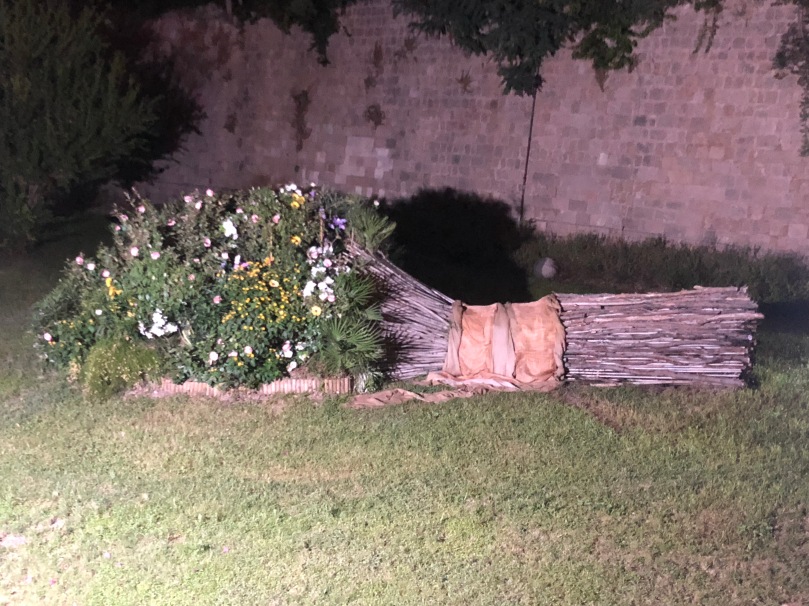
















































 On the balcony of my friend’s grandfather’s house in Hammana. The view from here is fabulous and it’s a bit of a tradition to take a photo on the balcony.
On the balcony of my friend’s grandfather’s house in Hammana. The view from here is fabulous and it’s a bit of a tradition to take a photo on the balcony.




































 This is the tamarindy guy. He is serving tamarind juice from that huge container on his back. He leans way forward to get it to pour out of a spout on the front.
This is the tamarindy guy. He is serving tamarind juice from that huge container on his back. He leans way forward to get it to pour out of a spout on the front. 














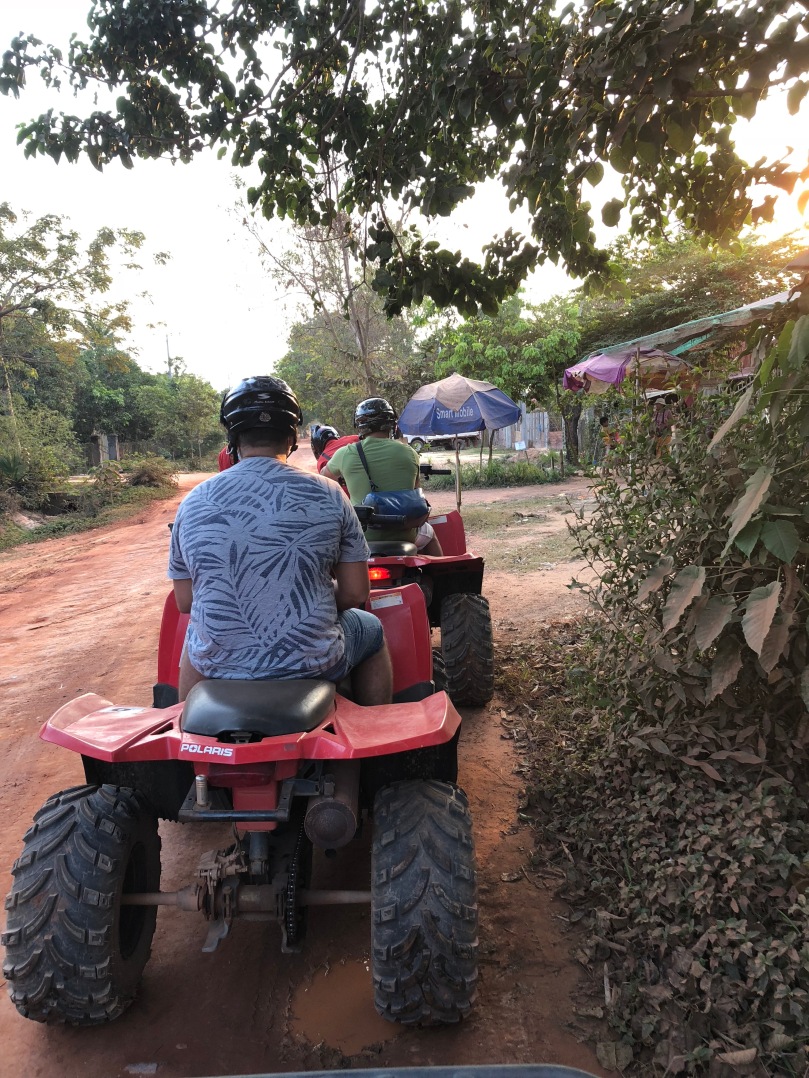
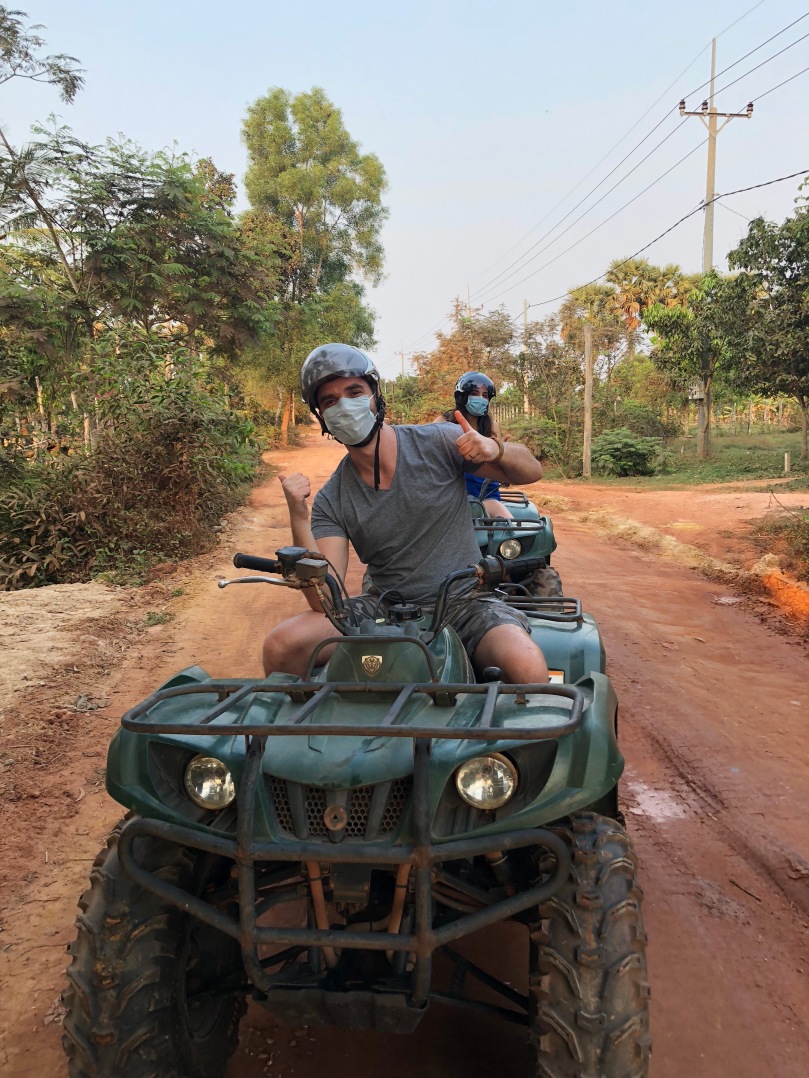
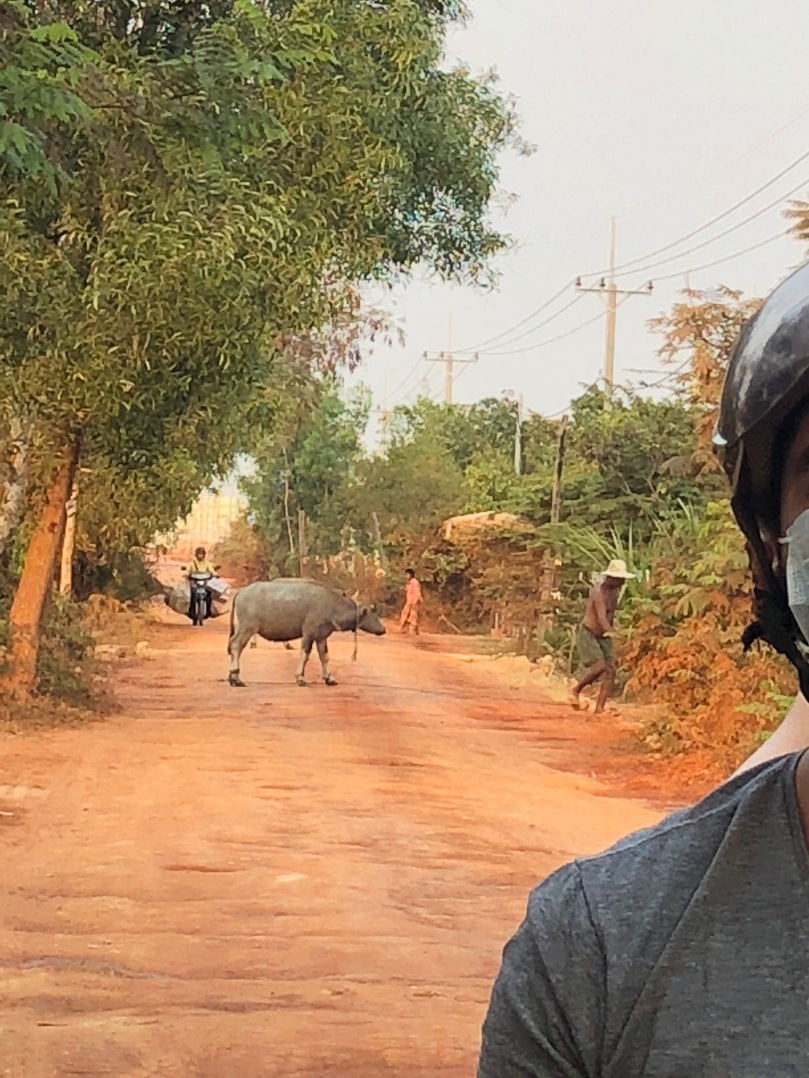
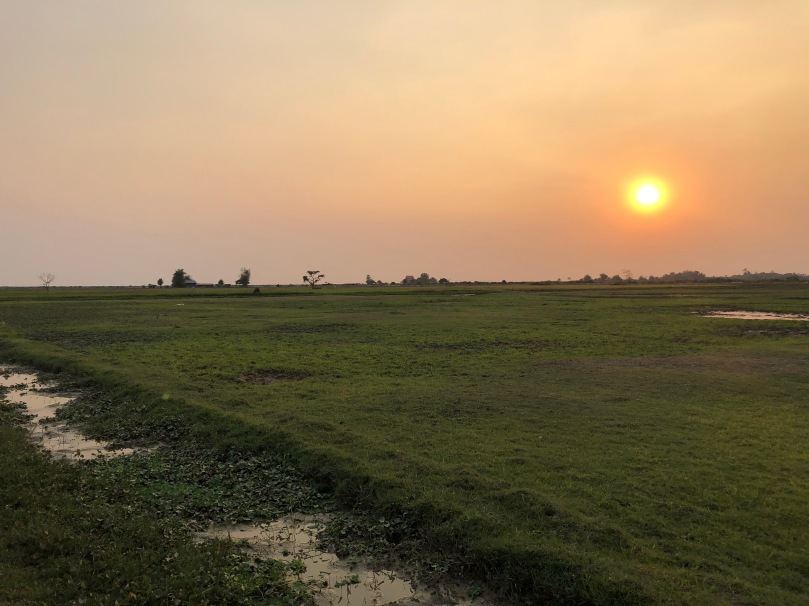
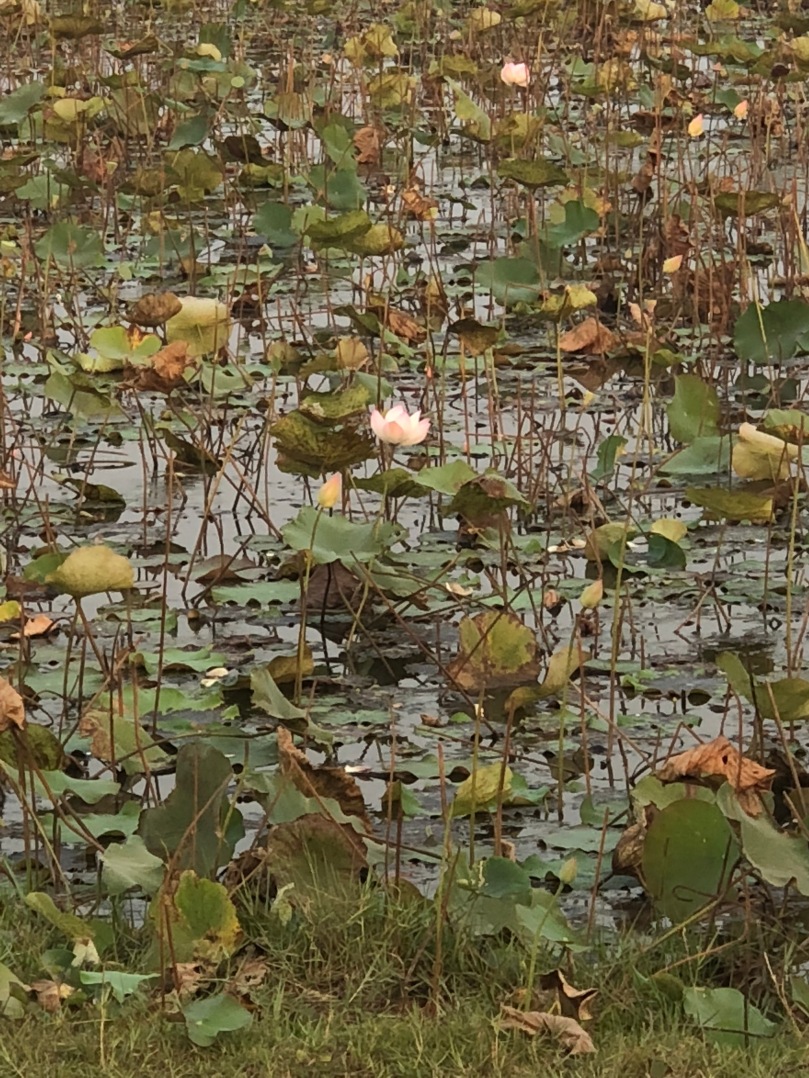
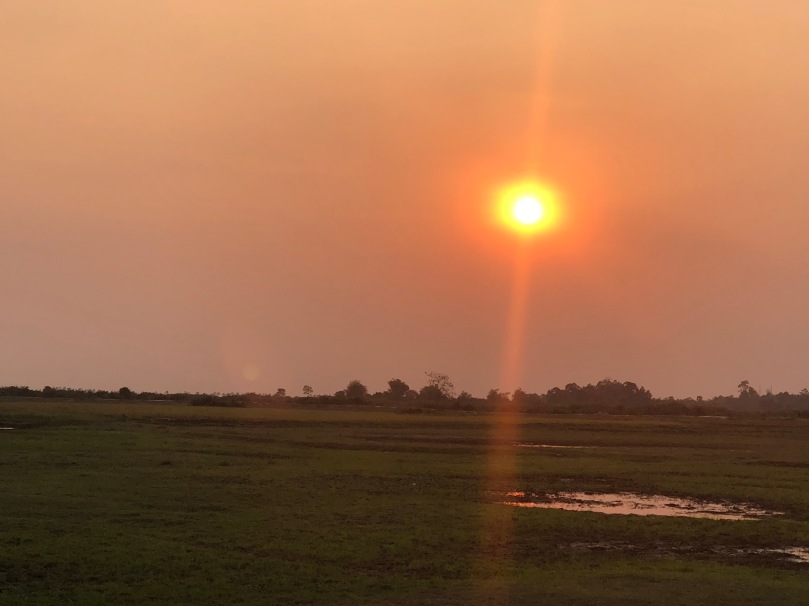
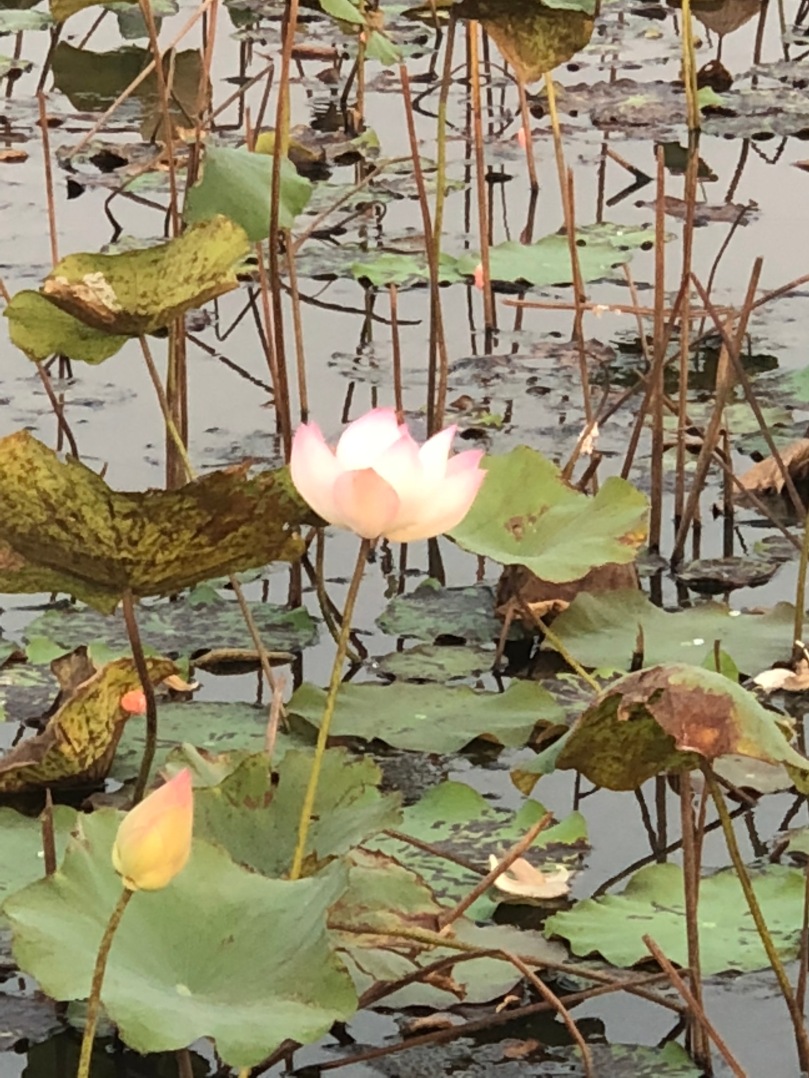


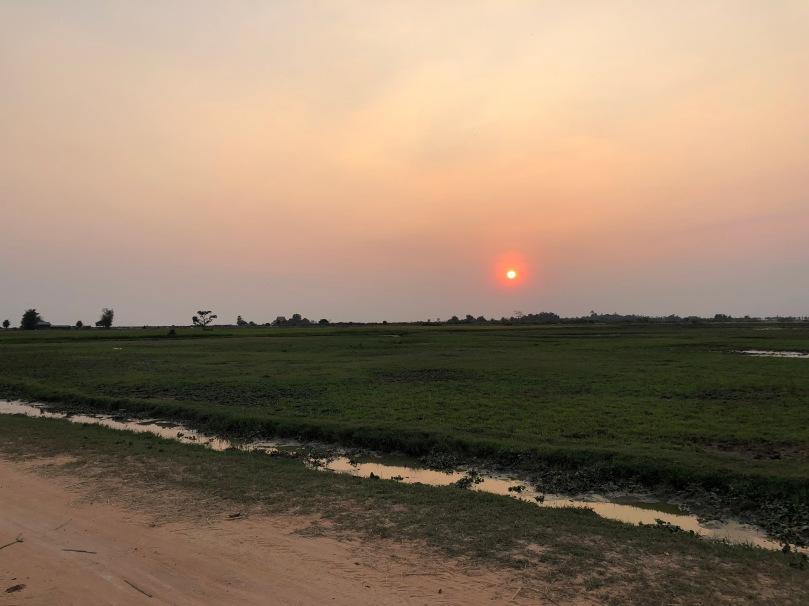
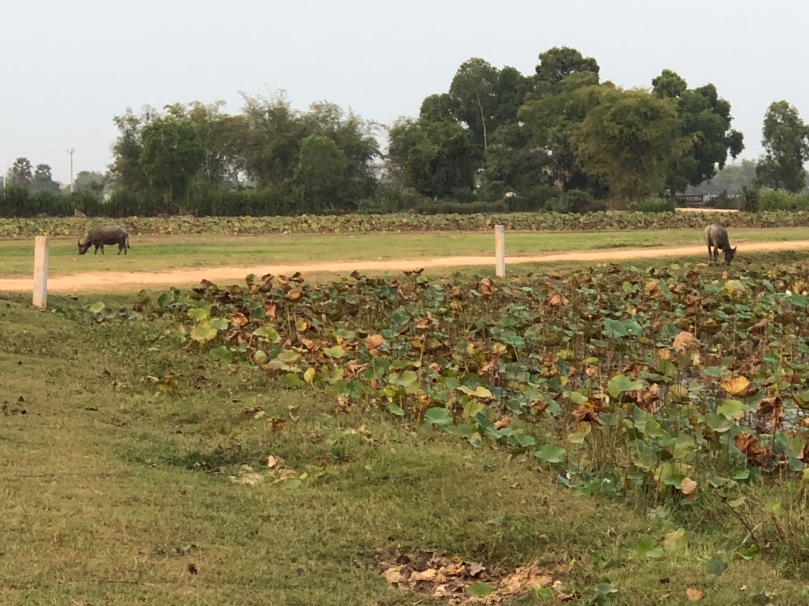





 Women brought their children along to work with them
Women brought their children along to work with them
 This is the “dock” where we switched from the tour boat to the mangrove canoe
This is the “dock” where we switched from the tour boat to the mangrove canoe Panos and I on our canoe
Panos and I on our canoe This little girl was waving at us as we passed by her canoe. Her mother was selling drinks and snacks alongside the path we took through the mangroves
This little girl was waving at us as we passed by her canoe. Her mother was selling drinks and snacks alongside the path we took through the mangroves This was the floating restaurant where we swapped back into out tour boat. These are some
This was the floating restaurant where we swapped back into out tour boat. These are some

 These are the mangrove tour boats. We sat on the reed mats behind the women. Most of whom sat and paddled, which looked terrifically inefficient. A few of them kneeled, they paddled much better from that position. But, everyone managed to get their boats through the forest and there wasn’t any great rush for the whole thing so I guess efficiency didn’t really matter much.
These are the mangrove tour boats. We sat on the reed mats behind the women. Most of whom sat and paddled, which looked terrifically inefficient. A few of them kneeled, they paddled much better from that position. But, everyone managed to get their boats through the forest and there wasn’t any great rush for the whole thing so I guess efficiency didn’t really matter much.








 The boat engine is interesting. The steering mechanism consists of ropes on pulleys that connect to the propeller.
The boat engine is interesting. The steering mechanism consists of ropes on pulleys that connect to the propeller.

 Us on our tour boat. The bunch of bananas threw me off a bit as bananas on boats are superstitious bad luck in the US. Apparently they have something to do with the Chinese New Year holiday that is fast approaching.
Us on our tour boat. The bunch of bananas threw me off a bit as bananas on boats are superstitious bad luck in the US. Apparently they have something to do with the Chinese New Year holiday that is fast approaching. 









 you can see the blocky steps to the left side, these were for the ladies of the time. Then the handrail was added and eventually, they have put wooden stairs over one of the flights of stone steps to aid access.
you can see the blocky steps to the left side, these were for the ladies of the time. Then the handrail was added and eventually, they have put wooden stairs over one of the flights of stone steps to aid access. 












 a close up view of the stairs gives you an idea of how steep they are. This isn’t an odd angled photo, they truly go very close to vertical, it’s daunting
a close up view of the stairs gives you an idea of how steep they are. This isn’t an odd angled photo, they truly go very close to vertical, it’s daunting these are one of the flights of stairs that I mentioned!
these are one of the flights of stairs that I mentioned!
 People pray and light incense at the feet of these statutes
People pray and light incense at the feet of these statutes













 This is designed to look like the head of a cobra
This is designed to look like the head of a cobra
 This is the bridge over the most that was dug all the way around Angkor Wat.
This is the bridge over the most that was dug all the way around Angkor Wat. 


















 see the smiling face from the temple, the tree is growing right around it.
see the smiling face from the temple, the tree is growing right around it.




 This photo is interesting because there was a carving of a Buddha on the wall here and it was defaced because the country switched around from Buddhism’s to Hinduism and then back a few times. The defacement of cultural art and antiquities in the name of religion saddens me. It is ignorance and intolerance in its highest form. The ancient city of Palmyra, currently being destroyed by Isis, is a heartbreaking example of the ignorance of modern day humans.
This photo is interesting because there was a carving of a Buddha on the wall here and it was defaced because the country switched around from Buddhism’s to Hinduism and then back a few times. The defacement of cultural art and antiquities in the name of religion saddens me. It is ignorance and intolerance in its highest form. The ancient city of Palmyra, currently being destroyed by Isis, is a heartbreaking example of the ignorance of modern day humans. 

 Buddhist monks wander around the temples. Apparently Buddhism has significantly relaxed its strictures for monks. They used to have to give up ownership of all but 7 items. Now they currently all seem to carry smart phones. You can see this monk has his in his hand. My first photo caught him using it. It would make quite a striking ad for Samsung!
Buddhist monks wander around the temples. Apparently Buddhism has significantly relaxed its strictures for monks. They used to have to give up ownership of all but 7 items. Now they currently all seem to carry smart phones. You can see this monk has his in his hand. My first photo caught him using it. It would make quite a striking ad for Samsung!











 The consummate tourist photo, rubbing noses with one of the smiling faces of Bayon!
The consummate tourist photo, rubbing noses with one of the smiling faces of Bayon! 



























































